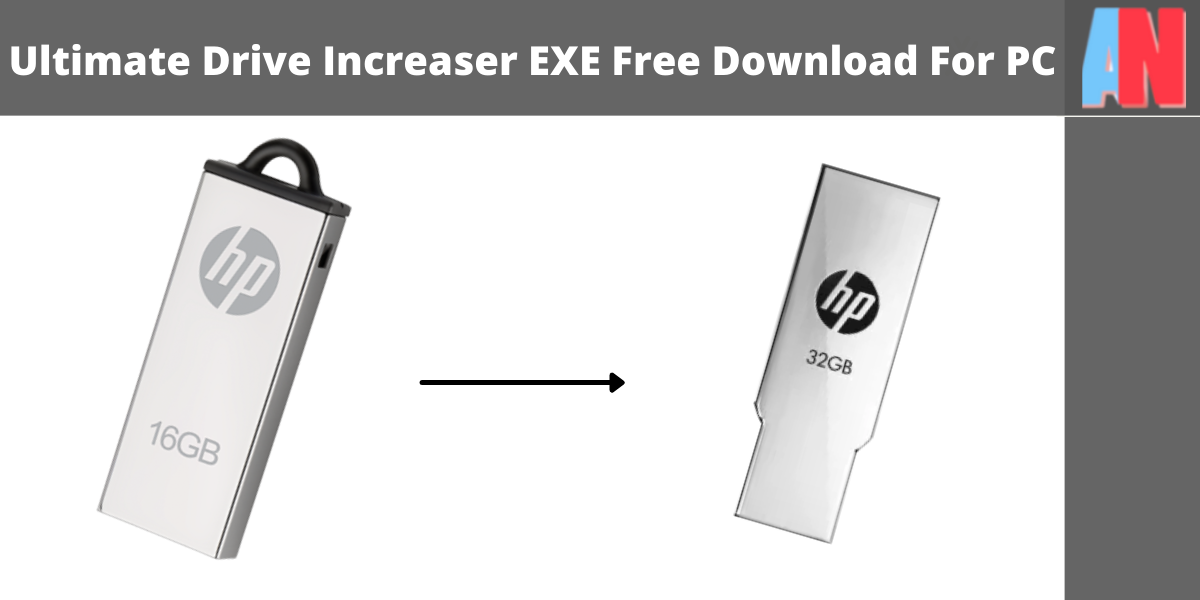Cable-related accidents are common both in homes and office settings. Some of these accidents, if they are severe enough, may even lead to lawsuits. For that reason, whether you are a business owner, a parent, or a pet lover, reducing cable-related dangers should be a top priority. Professional cable and internet providers have been educating domestic and corporate users on the safety hazards of using cables and the internet.
This article outlines several ways to protect your cable and internet and hopefully prevent any serious accidents from happening.
Table of Contents
1. Understand Your Capacity
It is critical to know the capacity of your cable management devices, like cable trays. Overloading cable trays will lead to the risk of insulation damage, cable damage, crosstalk, and, if you also manage power cables, overheating or even fire outbreaks.
Read Also: How to Start a Successful Live Streaming Channel
Always ensure the length of the cable is correct. Avoid using cables that are longer than the recommended length. Managing extremely long cables can be difficult and can lead to unnecessary damage.
2. Don’t Overtighten
From nylon to heavy-duty cable ties that may include steel cable ties and mount cable ties, cable tools are designed to help you effectively manage and organize your cables.
Although these tools are helpful in managing your cables, make sure you avoid overtightening your ties. Overtightening may lead to cable insulation damage (which could pose a safety risk). Very tight cable ties can also inhibit signal transmission through the cables. This will directly affect performance, and it will interfere with machinery and devices’ efficiency.
3. Focus More on the Radius
Each cable can bend up to a certain radius; beyond that, it will begin to lose its signal. A lost signal will have severe direct implications for the productivity of your cable and internet.
Prolonged overbending can lead to permanent cable damage which will result in regular repairs and maintenance. Regular repairs are expensive to maintain. Give your cables sufficient space. Don’t overpack them or exceed the bend radius.
4. Safeguard Your Pass-Throughs
You can create passage holes in server containers, furniture, and other household items to allow cables to easily pass through. When passing cables through wood, metal, or plastic, always use grommets to avoid the cable being damaged by rough edges. You risk damaging the cable insulation or the cable server if you do not use grommets. Seasoned cable and internet providers cannot lay cable installations without grommets.
5. Keep Cables Tidy and Clean
Having many cables increases the risks of your cables tangling. Here are the reasons you should always organize your cables:
- Cost: Tangled cables easily break when stressed by unnatural bends or sagging. The cost of replacing and installing new cables is very high. You will also have to deal with long downtimes which can mean losses in revenue.
- Safety: Tangled and loose cables pose serious safety violations and could expose you to lawsuits and fines. Wire or cable concealers can help prevent potential damage or harm by making it almost impossible for people to trip over such wires/cables.
- Efficiency: Problems with your cable (due to loose and tanlged cables) can keep you from working efficiently. You will be wasting time and money since you can’t access the technology you require to execute your tasks.
6. Know Your Cable-Organizing Options
Below are some tools you can use to better manage and organize your cables:
- Cable ties organize small bundles of cables or wires by holding them together.
- Cord grips are mainly used to control bends or to stop cables from being pulled out of a system in an industrial setting. They prevent failure and damage and are used to pass cables into a control device or an enclosure.
- Heat-shrink tubing insulates wires, providing environmental protection and abrasion resistance. It comes in a variety of colors which allows for color-coding.
- Braided cable sleeving protects cables from chemicals, abrasion, liquids, and other factors by holding them together.
- Cable clips secure wires and cables at a particular point on a surface.
- Cable hole grommets offer protection to cables and wires when passing through holes.
- Spiral cable wrap helps organize cables and wires into one bundle and allows them to break out for re-routing.
- Cable clamps guide cables within or along a wall providing proper mechanical support.
- Cable conduits protect cables against impact and moisture and damage by sharp objects. A cable conduit is mainly used in routing wiring in a structure or a building.
7. Get More Insights Today from Cable and Internet Providers
Internet cables have been and will always be susceptible to unforeseen risks. The only way you can prevent this risk is by ensuring your cables are adequately protected. Seek professional cable and internet providers when installing and maintaining your cables and internet. When cabling is done right, you will avert the risk of accidents that could cost your organization quite a bit of money and time.




